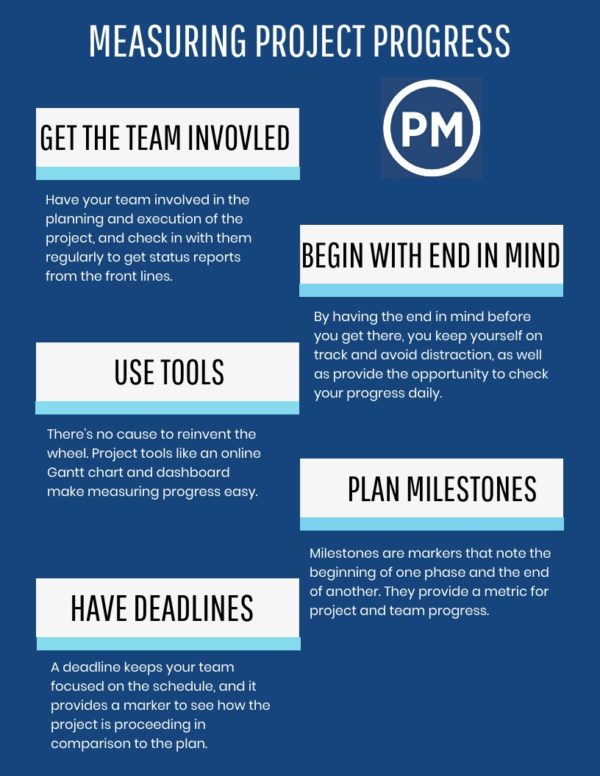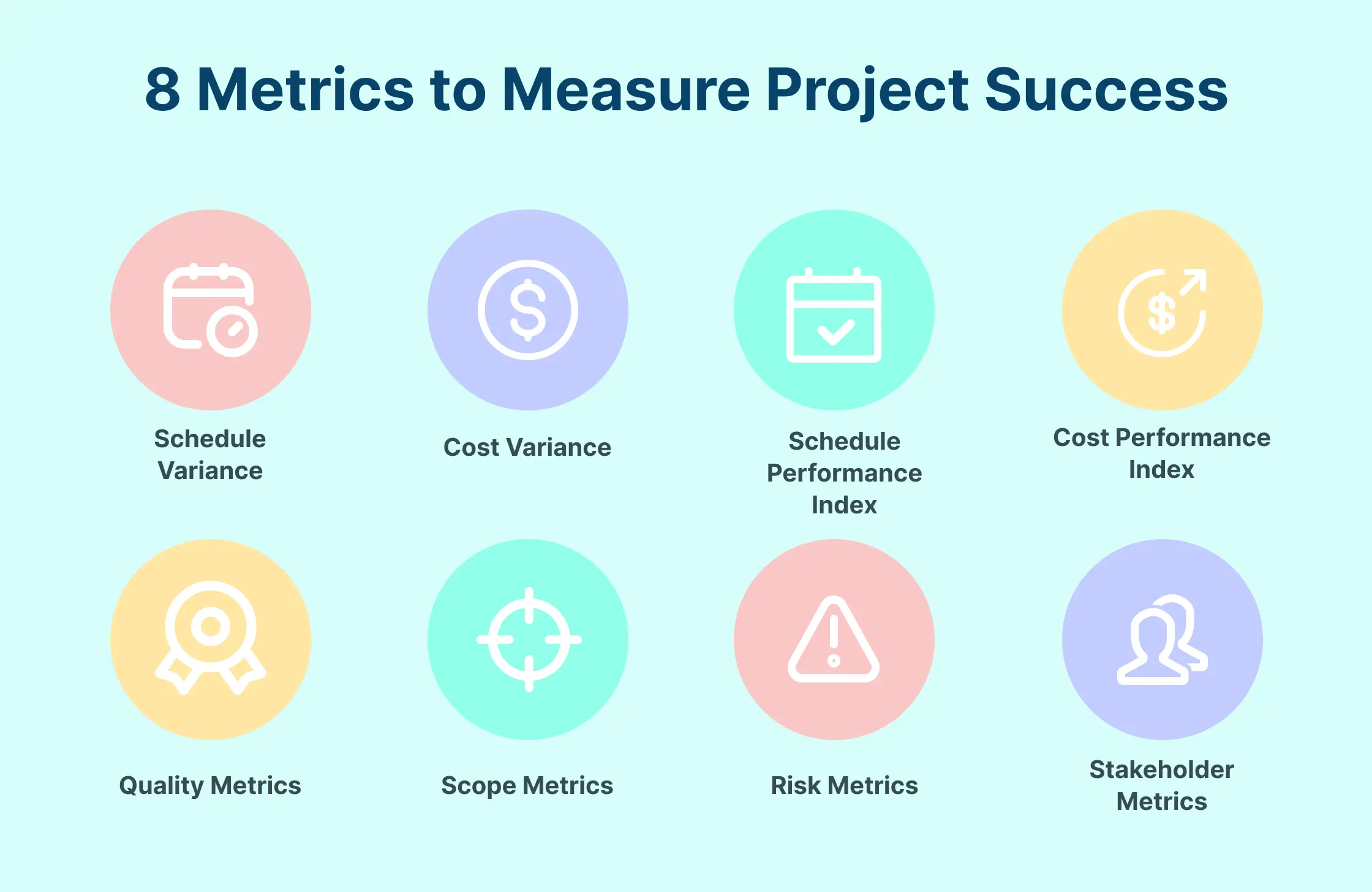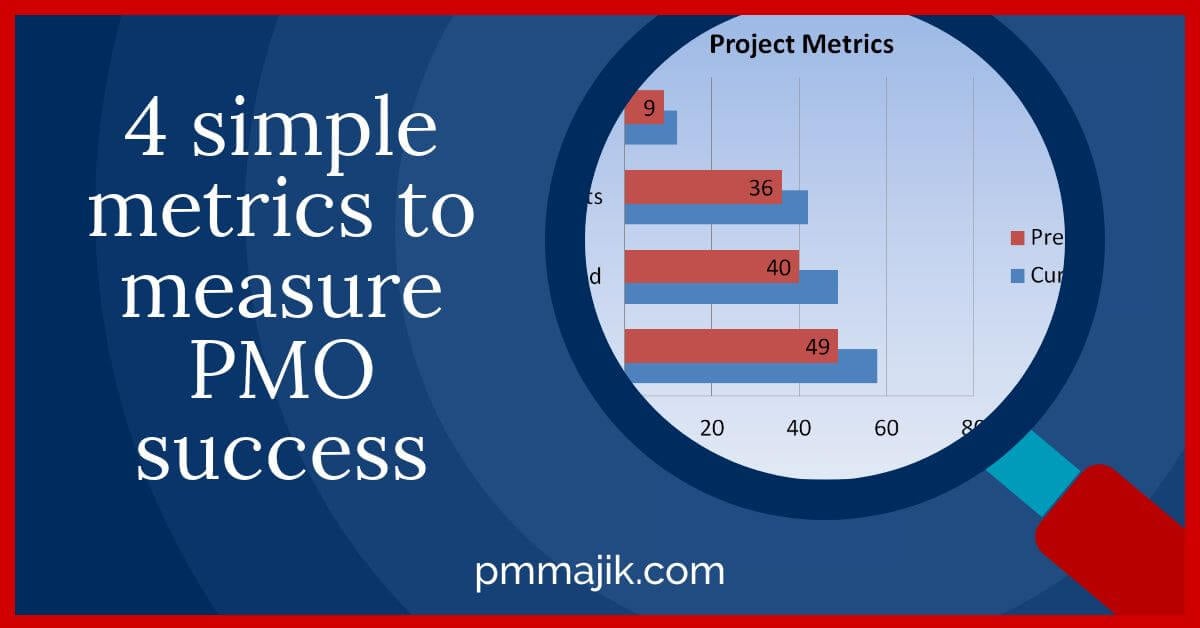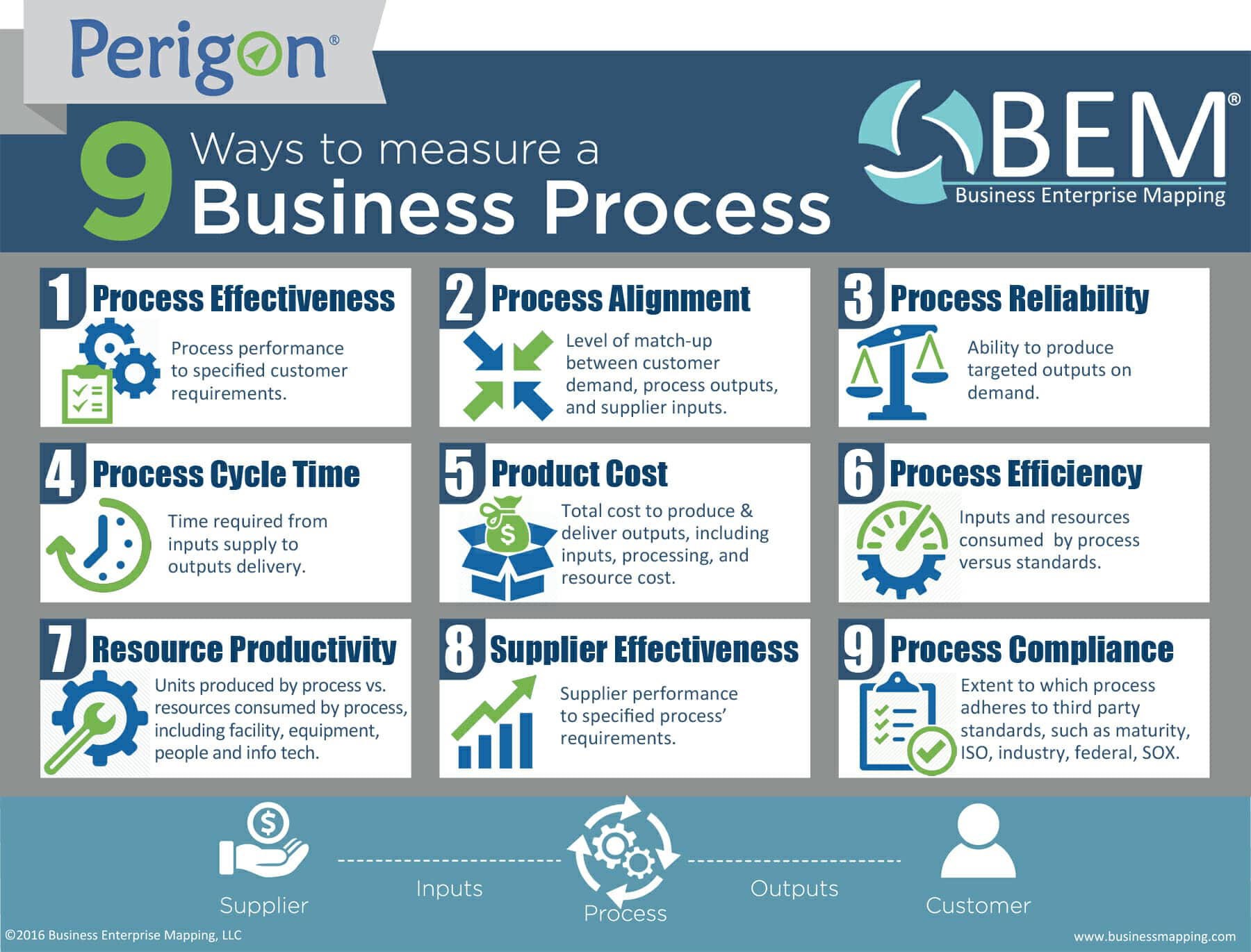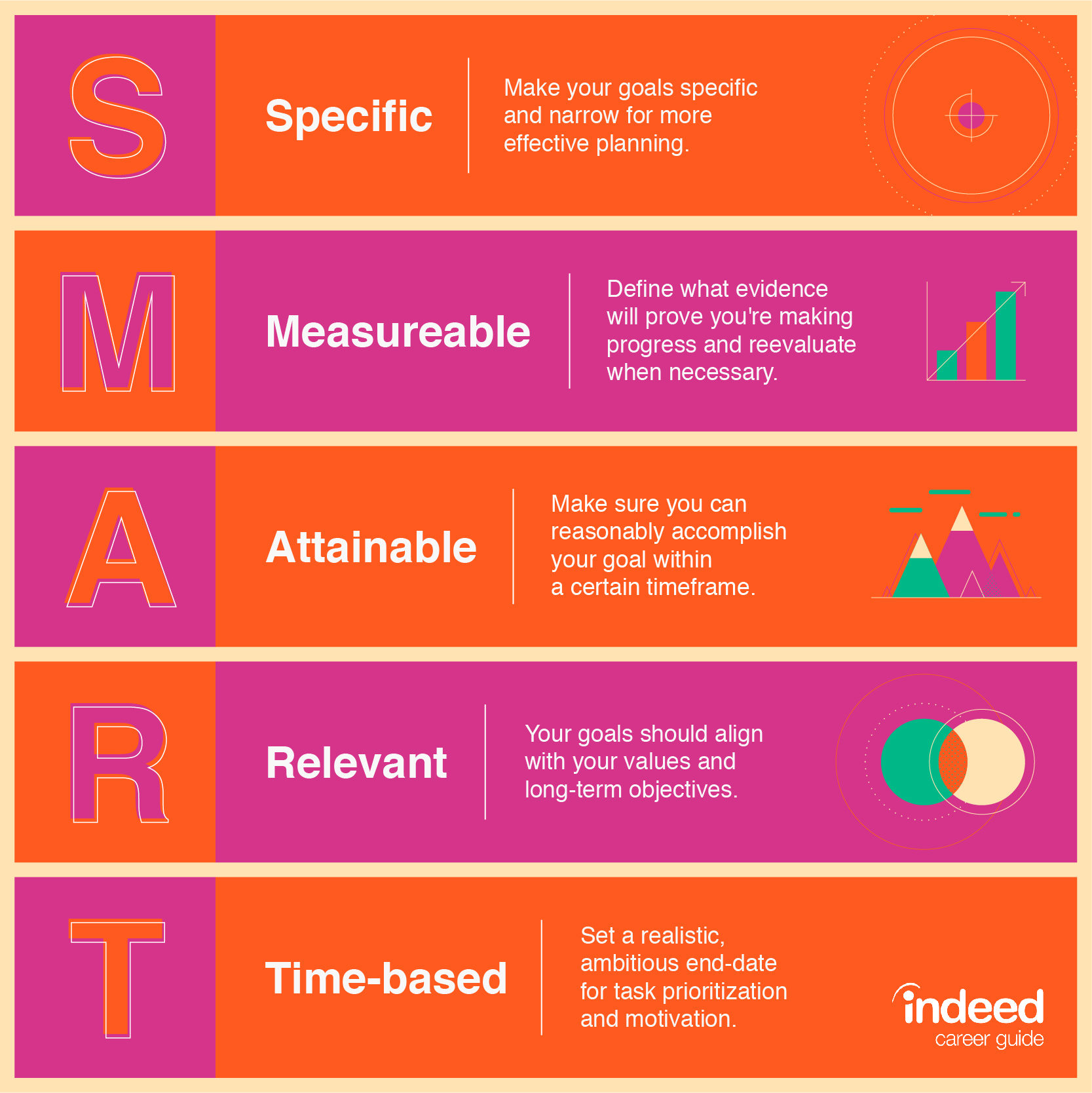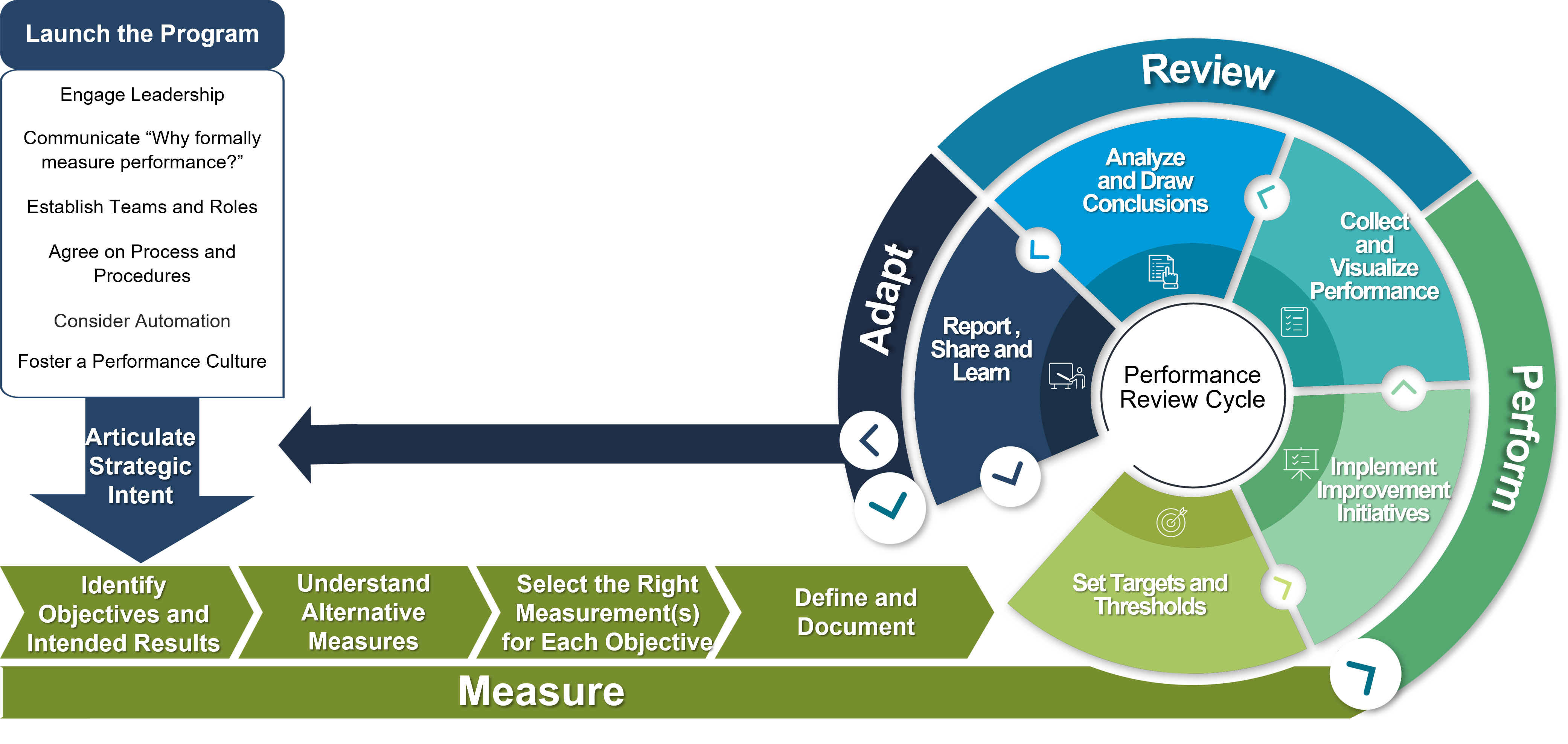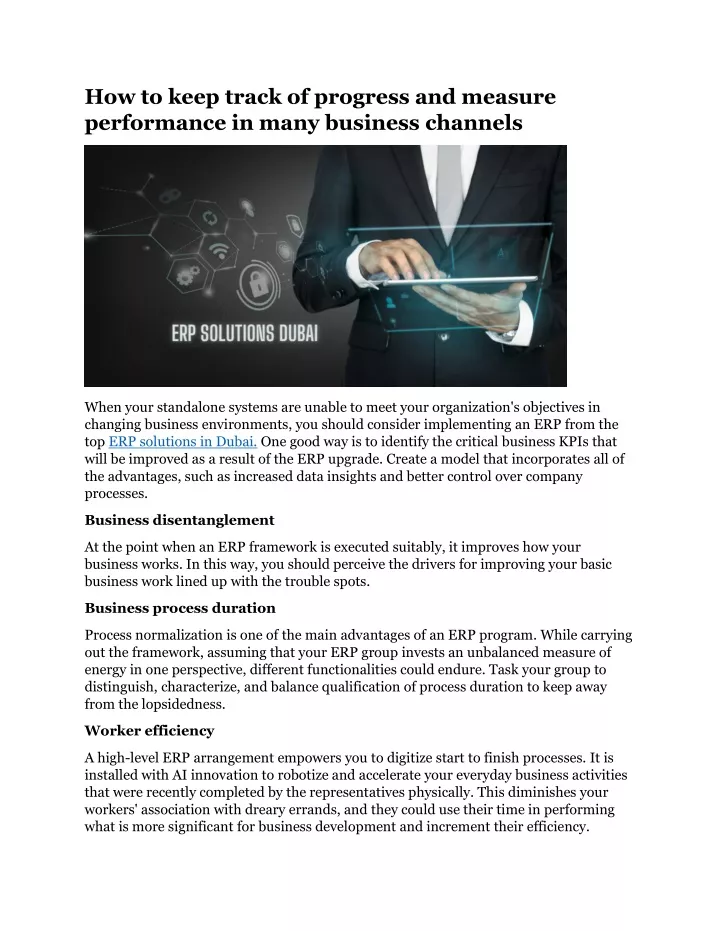How To Measure Progress In Business
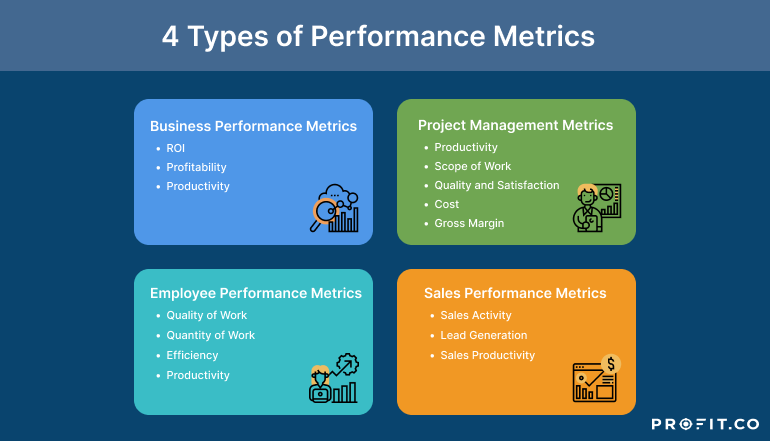
In the high-stakes arena of modern business, a venture without measurable goals is akin to navigating a ship without a compass. The pursuit of progress demands more than just hard work; it requires a meticulously crafted system for tracking, analyzing, and adapting to an ever-changing landscape. Fail to effectively measure and risk stagnation, missed opportunities, and ultimately, failure.
This article delves into the critical aspects of measuring business progress, providing a practical framework for establishing key performance indicators (KPIs), interpreting data, and fostering a culture of continuous improvement. It explores methodologies recognized by industry leaders and data-driven strategies to ensure businesses not only survive but thrive in today's competitive market. We will cover both traditional and contemporary perspectives on performance measurement, aiming to provide a comprehensive guide suitable for businesses of all sizes and stages.
Defining Key Performance Indicators (KPIs)
The cornerstone of measuring progress lies in defining relevant KPIs. These indicators act as signposts, guiding efforts and providing quantifiable data on whether strategic objectives are being met. Without clearly defined KPIs, businesses operate on assumptions, leaving them vulnerable to misallocation of resources and missed targets.
According to a report by Deloitte, companies with strong performance measurement systems are 27% more likely to achieve above-average profitability. Choosing the right KPIs depends heavily on a business's specific goals and industry. Common KPIs include revenue growth, customer acquisition cost, customer satisfaction scores, and employee turnover rate.
Financial Metrics
Financial metrics are essential for understanding the economic health of a business. Revenue, profit margin, and return on investment (ROI) offer a clear picture of profitability and efficiency. Monitoring these metrics allows for timely adjustments to pricing strategies, cost management, and investment decisions.
Furthermore, cash flow management is critical. Analyzing cash flow patterns helps predict potential financial challenges and allows for proactive measures to secure funding or optimize spending.
Customer-Centric Metrics
In today's customer-driven market, understanding customer behavior and satisfaction is paramount. Customer acquisition cost (CAC) and customer lifetime value (CLTV) help assess the efficiency of marketing and sales efforts. A high CLTV indicates strong customer loyalty and repeat business.
Customer satisfaction scores (CSAT) and Net Promoter Scores (NPS) provide direct feedback on customer experiences. Analyzing these scores helps identify areas for improvement in products, services, and customer support.
Operational Efficiency Metrics
Operational efficiency metrics focus on how well a business uses its resources. Examples include production costs per unit, inventory turnover rate, and lead time. Optimizing these metrics can lead to significant cost savings and improved productivity.
Additionally, tracking cycle time, the time it takes to complete a process, can reveal bottlenecks and areas where streamlining can occur. Measuring these metrics helps improve workflow and overall organizational agility.
Data Analysis and Interpretation
Collecting data is only the first step; the real value lies in its analysis and interpretation. Businesses must invest in tools and expertise to make sense of the information gathered through their KPIs.
"Data is the new oil,"famously stated Clive Humby, emphasizing the potential power of data when properly processed and analyzed.
Data visualization tools, such as Tableau and Power BI, can help translate complex data into easily understandable charts and graphs. This allows stakeholders at all levels to grasp key trends and insights. Furthermore, statistical analysis techniques can uncover hidden patterns and correlations, providing a deeper understanding of the factors driving business performance.
For instance, analyzing customer churn rate alongside customer satisfaction scores might reveal specific pain points that lead customers to leave. Addressing these pain points can significantly improve customer retention and long-term profitability. Therefore, data analysis should be an ongoing process, informing strategic decisions and driving continuous improvement.
Fostering a Culture of Continuous Improvement
Effective measurement systems are most impactful when integrated into a broader culture of continuous improvement. This involves encouraging employees to actively participate in identifying areas for improvement and implementing changes. Open communication and feedback loops are crucial for fostering this culture.
The Lean methodology emphasizes continuous improvement through small, incremental changes. This approach encourages businesses to identify and eliminate waste in all processes, leading to greater efficiency and customer satisfaction. Regular performance reviews and goal-setting sessions can reinforce the importance of progress tracking and accountability.
Moreover, celebrating successes and recognizing employees who contribute to improvement efforts can boost morale and engagement. A culture of continuous improvement fosters innovation and adaptability, allowing businesses to stay ahead of the competition and respond effectively to changing market conditions.
Looking Ahead
The future of measuring progress in business is likely to be shaped by advancements in artificial intelligence (AI) and machine learning (ML). These technologies can automate data analysis, predict future trends, and personalize customer experiences. Companies that embrace these technologies will be better positioned to make data-driven decisions and achieve sustainable growth.
Furthermore, the increasing importance of sustainability and social responsibility is leading businesses to track and report on environmental, social, and governance (ESG) metrics. Investors and customers are increasingly demanding transparency and accountability in these areas, making ESG reporting a critical aspect of measuring overall business performance.
Ultimately, measuring progress is an ongoing journey, not a destination. By establishing clear KPIs, analyzing data effectively, and fostering a culture of continuous improvement, businesses can unlock their full potential and achieve lasting success in the ever-evolving global market. Continuously adapting measurement strategies to reflect changing priorities and technologies is the key to sustained growth and resilience.
